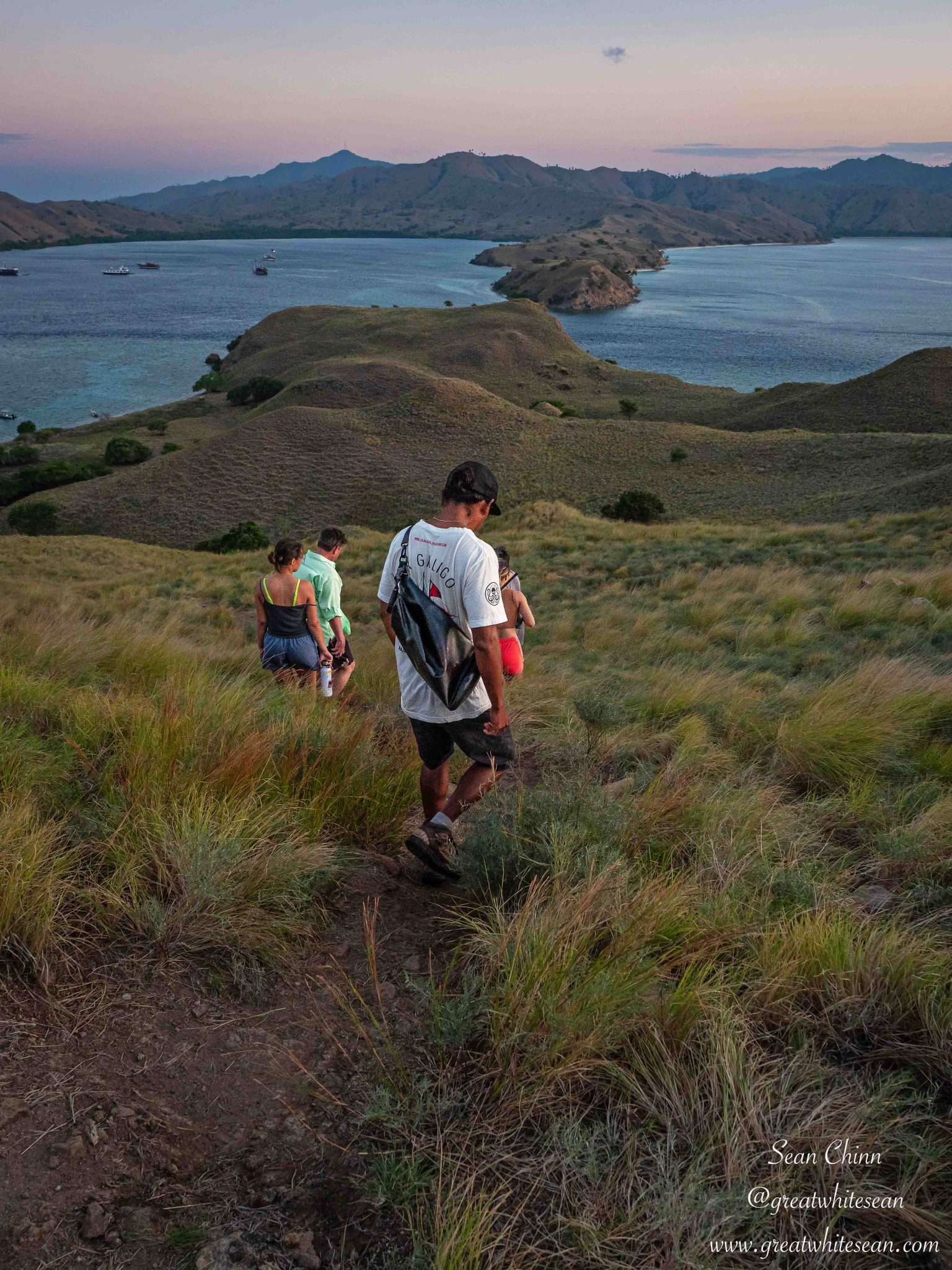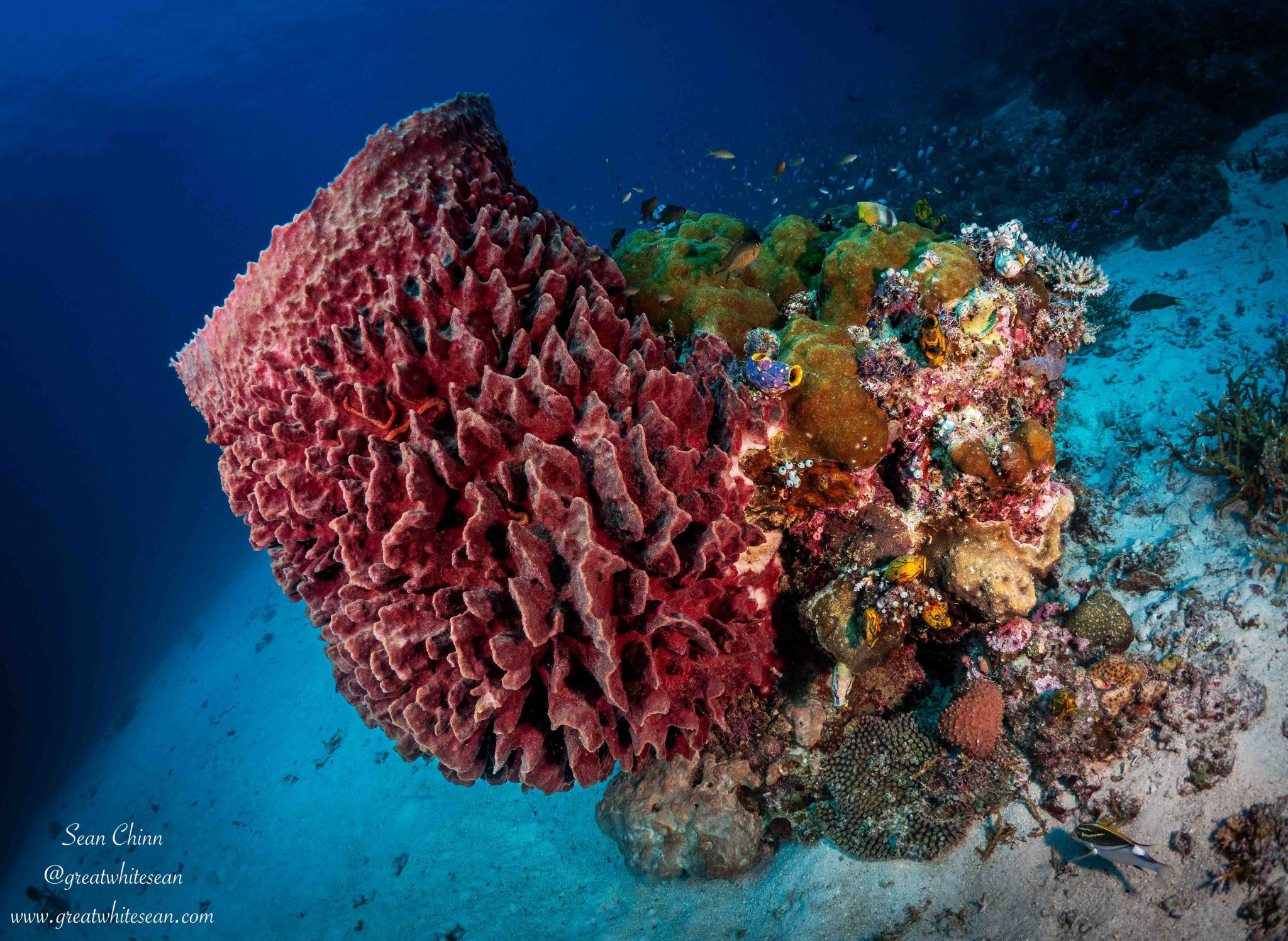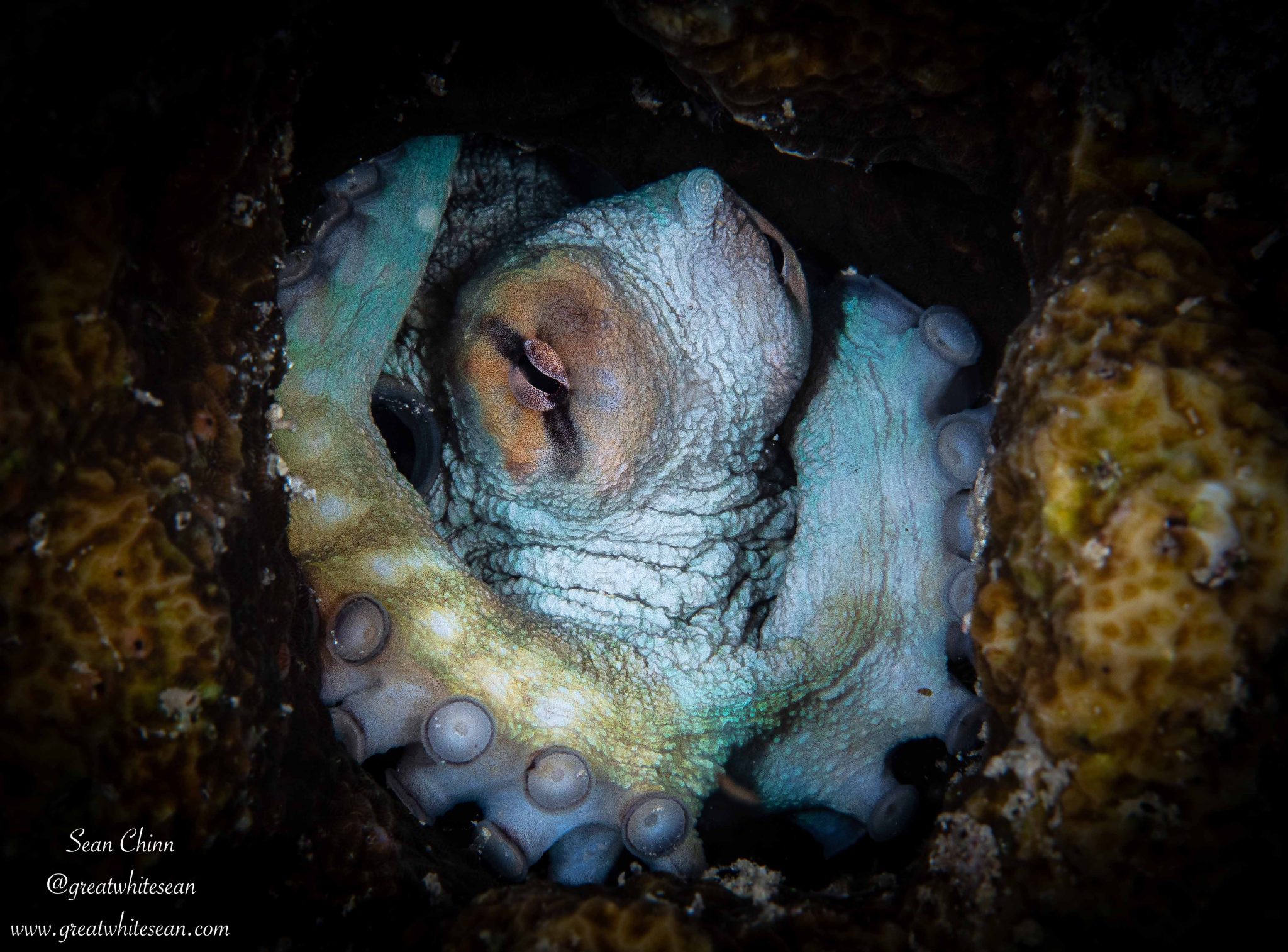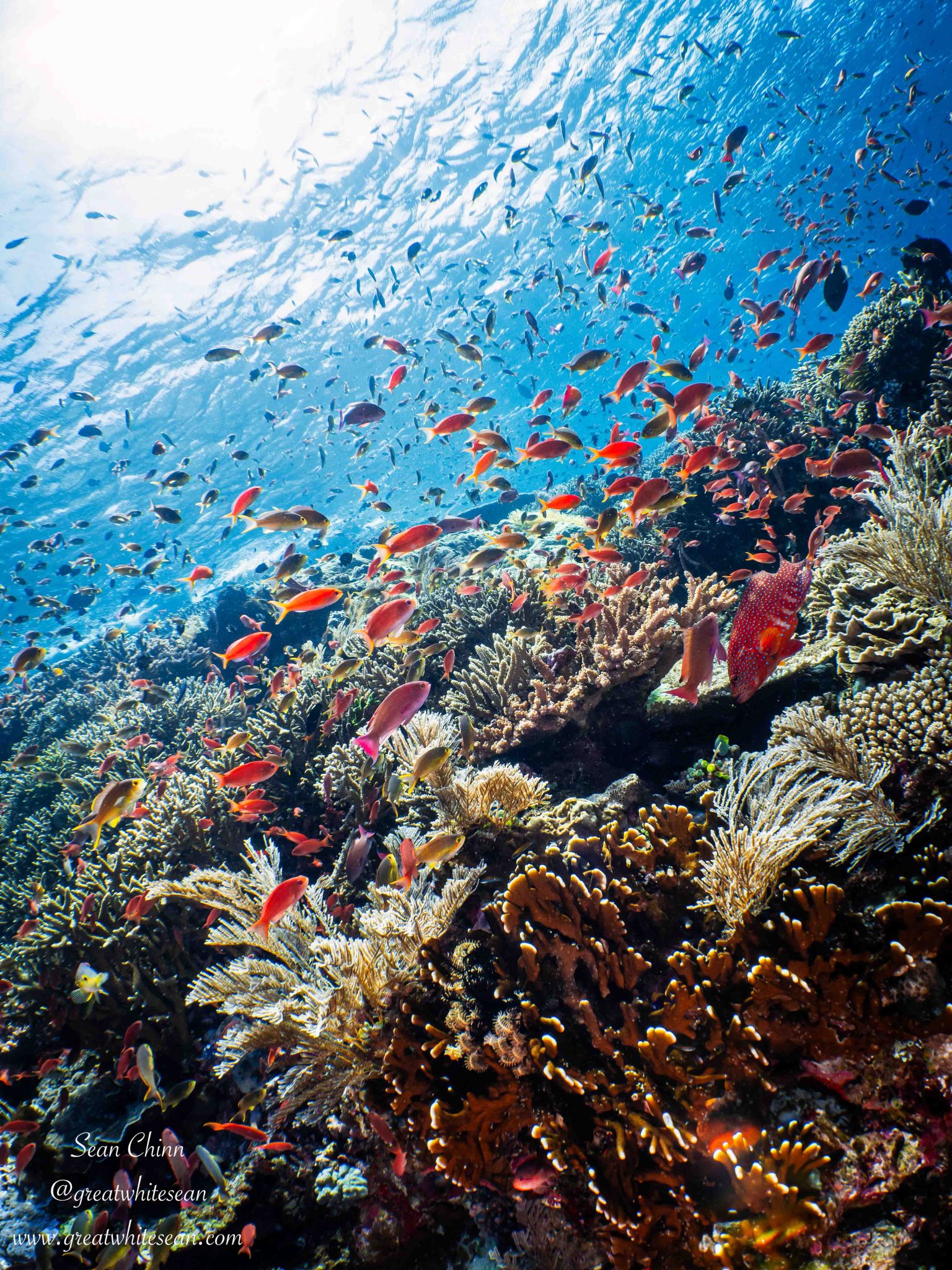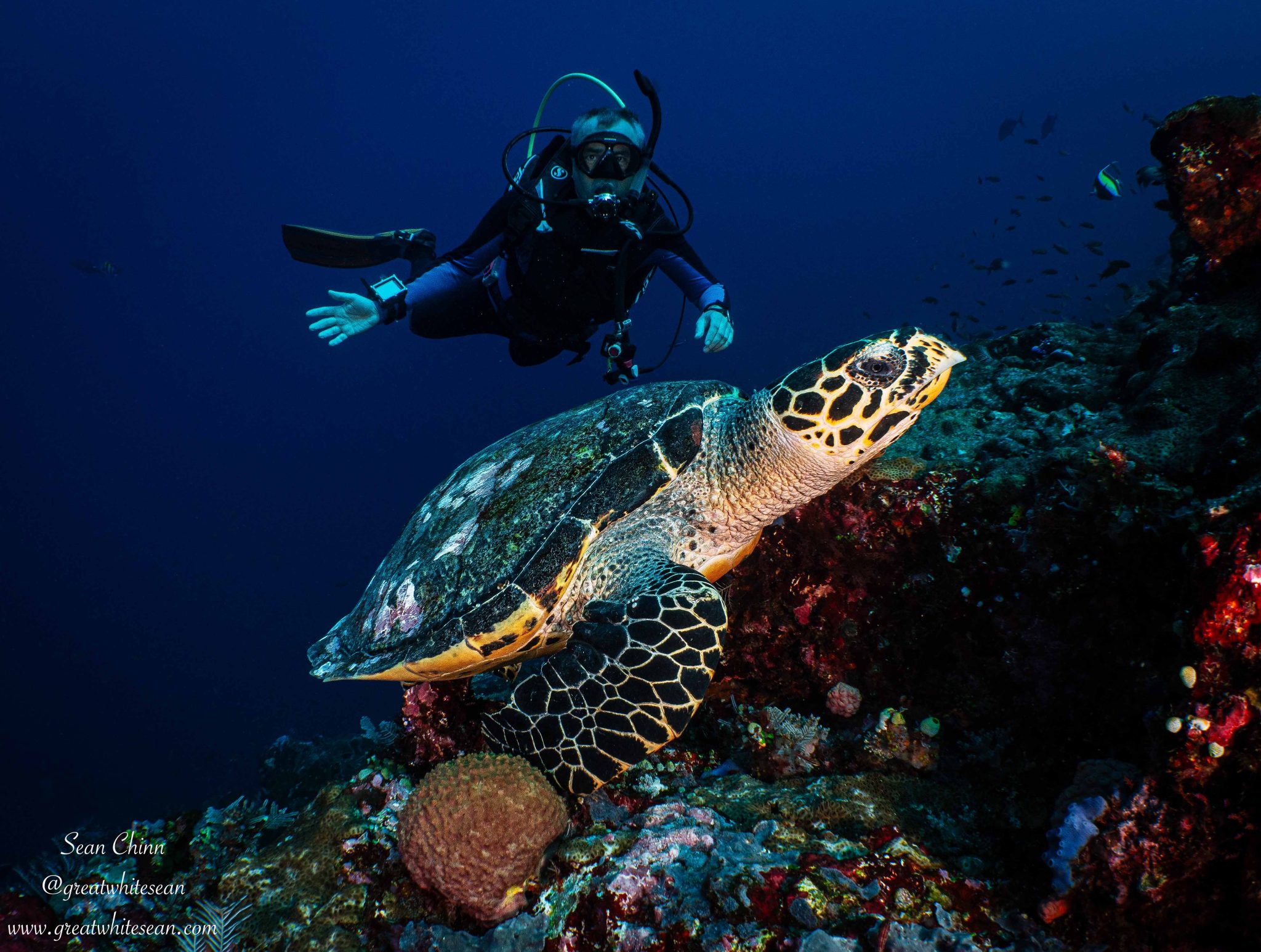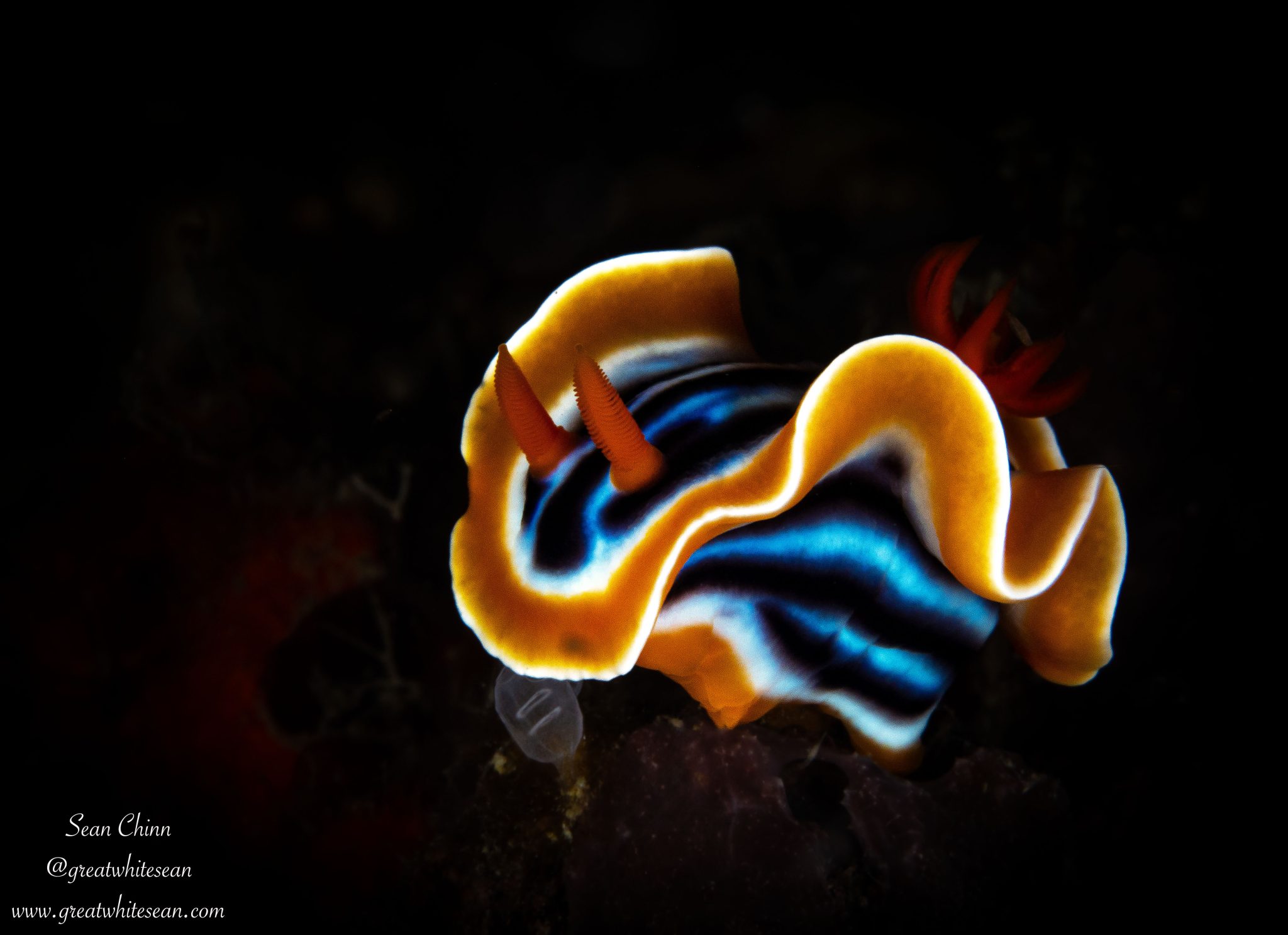News
A Welcome Return (Part 1)
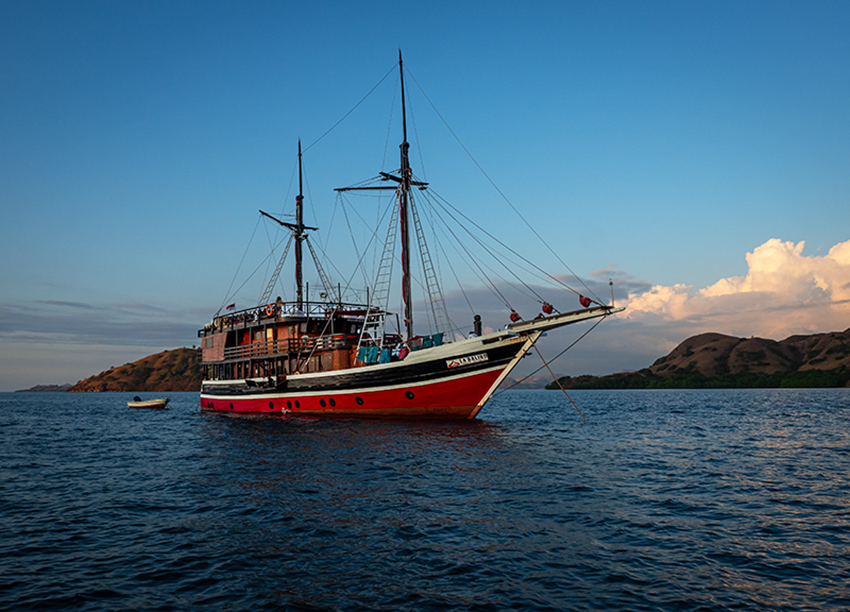
After an incredibly successful trip onboard La Galigo last October exploring Raja Ampat, I was so happy to jump back onboard. This time exploring another bucket list destination – Komodo National Park.
Strangely, it’s not the underwater world around Komodo that makes it such a bucket list destination for me. Growing up fascinated with the biggest species of each animal, the Komodo dragon has been a lifelong ambition for me to see. I was so excited to now get the opportunity, while also knowing the diving around the National Park would be way more than an added bonus. In my mind, Komodo was synonymous with crazy currents, mantas and some suspect visibility at times. I was expecting really tricky adventurous diving. What I found, was actually very surprising to me and left me with a very pleasant content feeling after the trip. Let’s find out what La Galigo’s Jurassic Komodo trip had in store…
I was on a much shorter trip this time (6D/5N) compared to my Raja trip last year. Now, I’m going to try hard not to compare Komodo with Raja Ampat, but it is hard not to, after doing both trips relatively close in time to each other. However, what I found were two places that complimented each other so well. Their differences are part of their charm and the reason why both are must-do trips. This was evident in the contrasting landscape while exploring the islands around Komodo. The drier climate creating stunning rugged savannah islands rising from the clear blue waters. Covered in a mixture of yellow and green grass, creating a beautiful golden glow at sunrise and sunset. With isolated trees creating a focal point and hillsides leading into idyllic white sand beaches. Another breathtaking area to explore and no better way than to sail from island to island.
11 guests were onboard for my trip and diving was split into three groups, no more than four divers with each dive guide. A spacious dive deck plenty big enough for the number of guests onboard and two speedboats transporting us to each dive site. An extremely helpful crew providing a comfortable journey and making sure we barely had to lift a finger. The food onboard was again super delicious, with the Soto Ayam being a highlight, while the beef rendang again had my mouth watering. With spacious rooms throughout and comfortable beds and pillows, another relaxing stay was on the agenda between dives. Speaking of dives, let’s see what underwater had in store…
Apologies!! I am going to compare Komodo and Raja Ampat one last time, this time in relation to the check dive. In my mind, before I had dived both, I had Komodo as the place with crazy currents and sometimes poorer visibility, with Raja as the opposite. My check dives couldn’t have been further from what I had imagined. While my dive in Raja was limited vis and a relatively strong current, diving in Komodo started super relaxed, with next to no current and some amazing visibility at ‘Sebayor Kecil’. Such a pleasant start to my Komodo trip with beautiful reefs full of healthy hard and soft coral. Yellow snapper swimming in unison, lion fish, crocodile fish and a blue spotted stingray welcoming me nicely to life underwater in Komodo.
Following on from such a relaxed dive, I soon realised it was the little critters that were going to steal the show in this beautiful paradise. The first night dive at ‘Sebayor Besar’ showed me what treats I had in store for the trip. With a very small red octopus only few centimetres in size, followed by a larger reef octopus. Nudibranch, peacock mantis shrimp, crabs and more made sure every minute of the dive was enjoyed before getting back onboard. The night wasn’t finished, as a fun game of ‘Cards Against Humanity’ broke the ice with everyone onboard and was the perfect example of why I love liveaboards so much. Meeting people from all walks of life while confined to life onboard broadens your horizons. It was a great laugh with a great group.
The next day followed on with some more beautiful reefs full of life. ‘Tarawa Besar’ and the magical ‘Batu Balong’ were the dive sites of choice. A mixture of stunning hard coral formations and vibrant soft coral dazzled like a Van Gogh painting full of colour. It was also the introduction of some friendly turtles, in particular a number of hawksbill that quite happily swam between divers and allowed for close interactions. A grumpy green sea turtle was the highlight for me, as it rested amongst the coral in the final moments of ‘Tarawa Besar’. I just love their patterned shell.
Whitetip reef sharks, scorpionfish, a giant pufferfish, moray eels and more made sure it wasn’t all about the turtles. And, to be honest, the dancing anthias on top of ‘Batu Balong’ amongst the pristine hard coral provided the bliss on the safety stop. A delightful end before disappointedly, I finally got unlucky with manta rays on dive three. We were at ‘Karang Makassar’ in the hope of drifting along the rubble and sand to get lucky with a moment with some majestic mantas. I’m normally quite lucky with manta rays and have had some pretty wild encounters around the world over my diving life. However, this time nature unfortunately didn’t play ball. Fingers crossed for next time!!
Thankfully it didn’t take away from what was another amazing day in Komodo. A sunset trek on Gili Lawa Darat got us back on land and we enjoyed the amazing scenery. Incredible views over the bay and the island resembling a snake head were made even more enjoyable by yet another gorgeous sunset. With deer roaming free, it was a great mini adventure, getting a close-up view of these rugged savannah islands before another fantastic night dive at Komodo Bay.
Numerous nudibranch were spotted and even a flatworm working its way over a scorpionfish’s head and eye provided some funny entertainment. I’m a sucker for a cuttlefish, so getting the chance to see and photograph a small one is always special. However, the most unique critter was the Lembeh sea dragon. Such a cute and surreal-looking creature that unfortunately wasn’t in a great position for photography. Hopefully I’ll get another chance one day and capture its unique beauty.
What a great start to life in Komodo onboard La Galigo. Be sure to stay tuned for part 2 and see what delights awaited us.
For more information about diving in Komodo:
Sean Chinn Instagram: @greatwhitesean
Email: sean@greatwhitesean.com
Whatsapp: +62 812 2000 2025
Marine Life & Conservation
IUCN Spotlights Green Fins at Bali Ocean Days 2025, Calling for Stronger Business Model in Marine Conservation

IUCN (International Union for Conservation of Nature) Global Ocean Director, Minna Epps, has spotlighted Green Fins Indonesia along with a call for stronger business models that sustain marine conservation. Speaking at the inaugural session of Bali Ocean Days 2025 held on 7-8 February, Epps emphasised the need for sustainable financing to support and scale marine conservation initiatives such as Green Fins.

Activities earlier in the week with the Coral Triangle Center in Sanur and Ceningan Divers in the Nusa Penida Marine Protected Area shaped the IUCN Ocean Director’s message at the conference and showcase, aligning with the theme of the blue economy and impact finance to sustain marine ecosystems.

“Tourism has such a big impact on marine biodiversity, and we need it to adhere to a certain code of conduct,” Epps said. “That is why through our funding facilities, we worked with The Reef-World Foundation advancing Green Fins so dive operators can become certified with standards. But this kind of initiative has been around for a long time and it’s also a tool used to improve [MPA management], but it needs to come with a business model. I also believe in market-based instruments to evolve this programme.”

IUCN’s visit is part of their Blue Natural Capital Financing Facility (BNCFF), which supports at least 21 projects around the world, building the business case for investing in the future of our ocean.
In Indonesia, the project supported by IUCN was developed in partnership with The Reef-World Foundation, the Coordinating Body on the Seas of East Asia (COBSEA) and the Coral Triangle Center, which serves as the local implementing organisation for Green Fins. The initiative engages marine tourism businesses through voluntary sustainability certification based on the only internationally recognised environmental standards for diving and snorkelling operations. Green Fins’ activities aim to reduce negative environmental impacts associated with marine tourism activities as well as improve the management of marine protected areas.

IUCN’s promotion of Green Fins in Bali Ocean Days signals the need for greater private sector engagement in marine conservation across Indonesia and beyond.
Investors, donors, marine tourism operators and stakeholders looking to support scalable marine conservation solutions are encouraged to explore opportunities with The Reef-World Foundation, the international coordinator of the Green Fins initiative. To learn more about sustainable marine tourism and how to get involved, visit www.reef-world.org.

About Reef-World
The Reef-World Foundation is a registered UK charity which delivers practical solutions for marine conservation around the world. The charity promotes the wise use of natural resources – particularly coral reefs and related ecosystems – for the benefit of local communities, visitors and future generations. It is dedicated to supporting, inspiring and empowering governments, businesses, communities and individuals around the world to act in conserving and sustainably developing coastal resources.
Reef-World leads the global implementation of the UN Environment Programme’s Green Fins initiative, which focuses on driving environmentally friendly scuba diving and snorkelling practices across the industry globally. As such, the charity provides low-cost and practical solutions to local and industry-wide environmental challenges associated with the marine tourism industry. It provides education and capacity-building assistance to empower environmental champions (within the diving industry, local communities, authorities and governments) to implement proven coastal resource management approaches.
Visit www.reef-world.org to learn more or follow them on Facebook, Instagram and X.
About Green Fins
Green Fins is a proven conservation management approach – spearheaded by The Reef-World Foundation in partnership with the UN Environment Programme – which leads to a measurable reduction in the negative environmental impacts associated with the marine tourism industry. The initiative aims to protect and conserve coral reefs through environmentally friendly guidelines that promote a sustainable diving and snorkelling tourism industry. It provides the only internationally recognised environmental standards for the diving and snorkelling industry and has a robust assessment system to measure compliance.
Green Fins encourages and empowers members of the diving industry to act to reduce the pressures on coral reefs by offering dive and snorkel companies practical, low-cost alternatives to harmful practices – such as anchoring, fish feeding and chemical pollution – as well as providing strategic training, support and resources. By reducing the local direct and indirect pressures tourism puts on coral reefs, it helps make corals healthier and more resilient to other stresses such as the effects of climate change. Look for the Green Fins logo when booking your next dive trip.Visit www.greenfins.net to learn more or follow the initiative on Facebook, Instagram and X.
News
Filming 360 in The Bahamas

In December 2024, the Shark Trust had a very special opportunity to film sharks and rays in The Bahamas. Frogfish Photography are the Bahamas Dive Ambassadors for the UK. And Caroline, Deputy Editor at Scubaverse, is the Marketing Manager at the Shark Trust. So, when the need arose to film footage of several species of shark and ray for a new Shark Trust project, The Bahamas seemed the perfect fit. A huge thank you is needed here to the Bahamas Ministry of Tourism. As they stepped in to fully support the trip both financially and practically. Ensuring that the filming expedition ran smoothly, and that we got as much time as possible in the water with sharks and rays, during the 10 day, 3 island trip.

The Bahamas is famous for its sharks and rays. Divers flock there to experience getting up close to a range of species. Our itinerary saw us visit Nassau, Bimini and Grand Bahama. It packed in as many in-water experiences as possible and had us dive, snorkel, and even take a submarine to experience them in a variety of different habitats and to capture them on film. We saw 148 sharks and rays from 8 different species (all of which have been logged on the Shark Trust Shark Log!).

But why were we there? The expedition was designed to fulfil the needs of two new projects being launched by the Shark Trust in 2025. The filming done underwater on this trip was the start of creating OneOcean360: A Shark Story. A new 360 immersive experience designed primarily for immersive domes and planetariums. The film will be the nearest experience to getting in the water with sharks and rays without getting wet! It will bring the world of sharks to an audience that may never get the chance to experience it first-hand. A Shark Story aims to deepen people’s understanding of sharks, uncovering and illustrating why they are so wonderful as well as being vital to marine ecosystems.
The film is being made in collaboration with Real Immersive. Also based in Plymouth, they have an immersive dome and are providing the technical expertise behind creating this unique experience. Reviewing the footage in the dome has been an invaluable part of the process. Both inspiring the team and allow us to refine the filming techniques to suit this immersive theatre.

You might imagine that we are using expensive cameras and even more expensive housings. But this is not the case. The entire project is being filmed using Insta360 X4 cameras. With only a few simple additions to the standard dive setup. The INON weight plate allowed us to attach this camera to a dive weight, set it down on sand or wreck, and then swim away and let the sharks be the stars. And the results are very exciting. The film will be ready this autumn. It will be accompanied by an educational pack for teachers to take away after school trips to see the film. Encouraging all those that see it to continue learning about these incredible animals.
You can support the creation of OneOcean360: A Shark Story by heading to the crowdfunder page and donating or selecting a reward.
https://www.crowdfunder.co.uk/p/a-shark-story
Read about the shark and ray dives we did on Nassau, Bimini and Grand Bahama in our next blog post coming soon on Scubaverse.
-

 Gear Reviews1 month ago
Gear Reviews1 month agoGear Review: SurfEars 4
-

 News3 months ago
News3 months agoSanta Divers take the Plunge for Charity
-

 Marine Life & Conservation2 months ago
Marine Life & Conservation2 months agoPaul Watson Released as Denmark Blocks Japan’s Extradition Bid
-

 Blogs2 months ago
Blogs2 months agoJeff Goodman Launches Underwater Moviemaker Course with NovoScuba
-

 Blogs2 months ago
Blogs2 months agoExperience Malta and Gozo in 2025: A Paradise for Divers and Culture Lovers
-

 News2 months ago
News2 months agoDive into Adventure: Limited Space Available for January Socorro Liveaboard Trip with Oyster Diving
-

 Blogs3 months ago
Blogs3 months agoThe Benefits of Underwater Photography Workshops
-

 Blogs3 months ago
Blogs3 months agoDiscover Curaçao with the Ultimate Dive Vacation Guide – 2024 DEMA Special Edition


